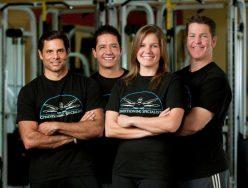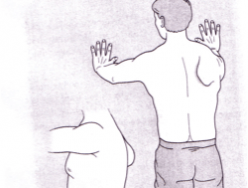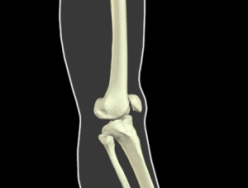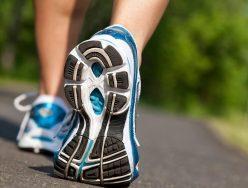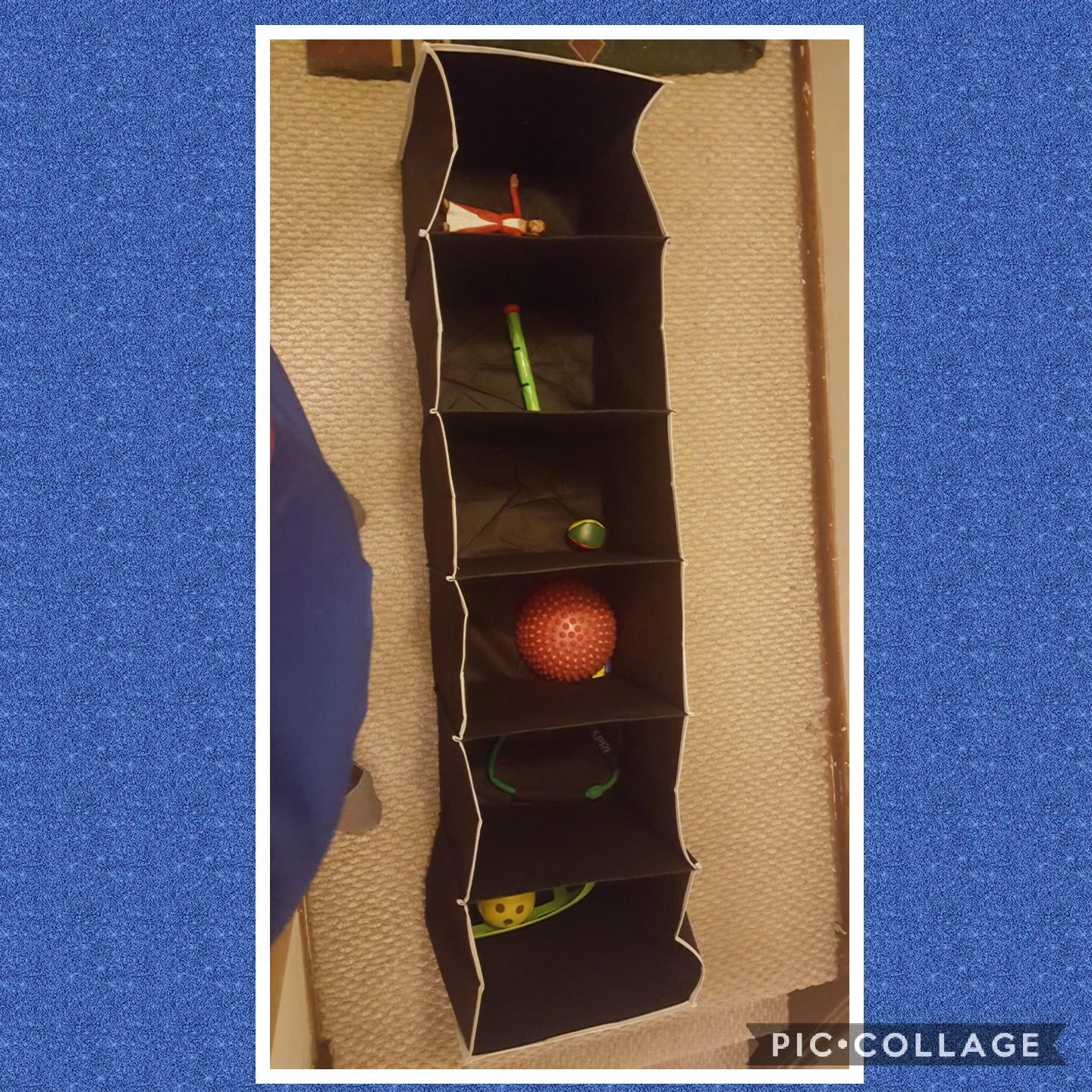The Evolution of a Personal Trainer
You’ve heard the classic story: He started in the mailroom and now he’s running the company! Personal training is no different than any other business – you must start from the bottom and work your way up. As far as I see it, a career in personal training should follow this timeline:
Late Teens and Twenties
This is the time to pay your dues by working for others. It is an opportunity to build up clientele, experience, and capital. Physically you will peak, but you have a lot to learn. Education is extremely important during this period. As I’ve said in the past, “the more you learn, the more you earn!”
Take-home message: Crawl before you run!





